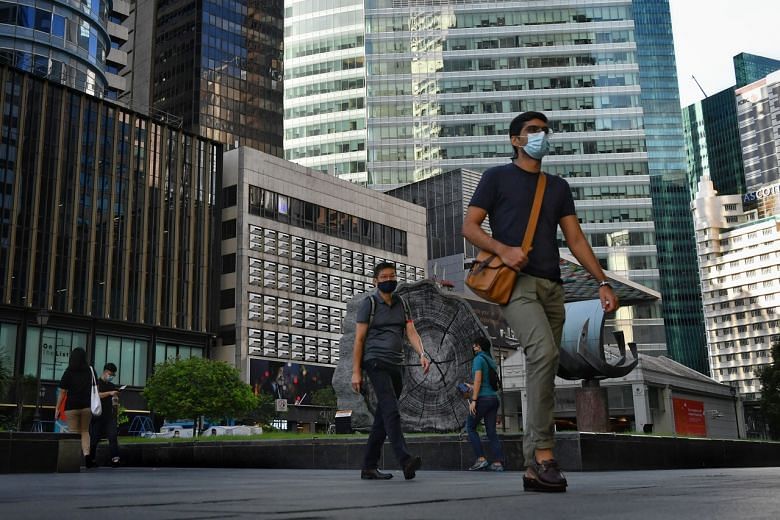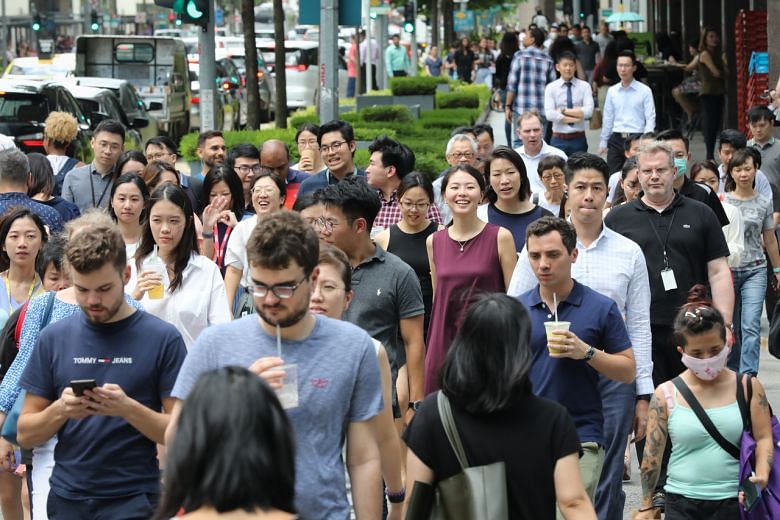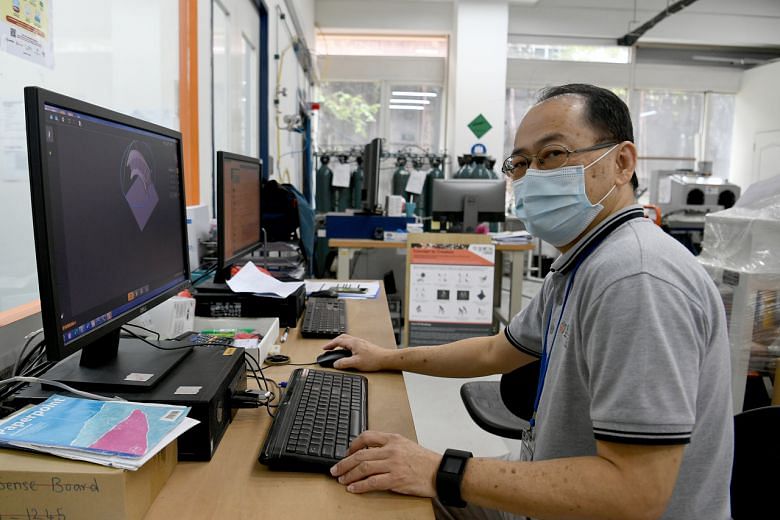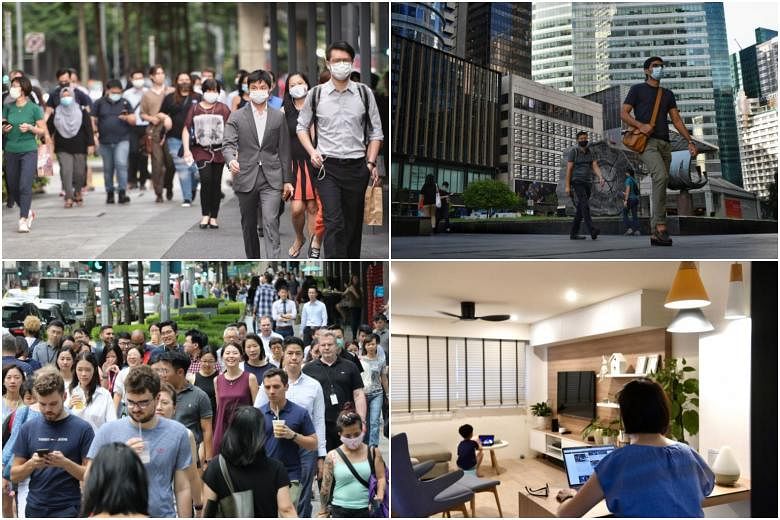Profile of the Singapore worker: Older and better qualified, with higher incomes, more in unions

Singapore's labour force has grown substantially over the past two decades, from 2.2 million in 1999 to 3.7 million last year.
This comprises people who are employed - also known as being in the workforce - as well as those who are unemployed, that is, not in a job but want to and are able to work.
It can also be broken down into local residents, which refer to Singaporeans and permanent residents, and foreigners.
Singaporeans make up about 85 per cent of the resident labour force.
Strengths wanted for the Singapore worker: Soft skills, creativity, risk-taking

The Singaporean worker. Highly educated, cosmopolitan, bilingual and hard-working.
At the moment they retain this competitive advantage in the global economy, say recruiters, employers and members of business chambers. But with the global economy reaching a turning point, this advantage could also be quickly eroded.
That is, if the Singapore worker remains unwilling to gain more international exposure, to develop more creative and unorthodox ways of doing things, and to learn to take on more risks, they warn.
Concerns of the Singapore worker: Singapore's growing local-foreigner divide

For some, Changi Business Park has been referred to as "Chennai Business Park" due to the number of Indian expatriates working there.
In recent weeks, social media posts have targeted some firms - including those at the business park - over hiring practices, which they claim appear to favour some nationalities ahead of Singaporeans.
The matter prompted Deputy Prime Minister Heng Swee Keat to acknowledge last month that some may feel there are too many foreigners residing here, citing residents' concerns about the large number of expatriates at Changi Business Park. He explained that the Republic was still growing expertise in certain sectors.
Challenges of the Singapore worker:
Higher wages, but better off?

In a world of low-wage pressure, Singapore workers have been fortunate to have their pay keep on rising. Just look at the figures.
Over the past two decades, nominal median wages for Singapore residents - citizens and permanent residents (PRs) - have outpaced general cost of living pressures.
Cumulatively, real median gross monthly income of full-time employed Singapore residents, including employer Central Provident Fund contributions, has risen by 32.5 per cent between 2009 and last year.
Roadblocks loom in raising worker productivity

Labour productivity continues to be one of the Singapore economy's main challenges, despite consistent growth in this area over the past 10 years.
A decade ago, the Economic Strategies Committee set a productivity growth target of 2 to 3 per cent a year for the economy.
And annual growth indeed marched upwards, apart from a blip last year when real value-added per worker declined 0.8 per cent.
Careers:
Singaporean gained useful skills after stumbling into fintech sector

As Ms Angel Sou puts it, she "stumbled" into the financial technology sector without any prior experience.
And now, nearly three years later, the 27-year-old has gained skills that are in demand elsewhere, even amid challenging times.
The operations manager at Singapore-based fintech start-up Finaxar had to start from scratch, doing three months of on-the-job training to understand the ins and outs of the booming industry.
Career switch helped manager, 56, move forward after retrenchment

For more than 27 years, Mr Tim Tan worked at an oil and gas multinational corporation, rising to the position of production and planning manager. Just over a year ago, the 56-year-old was retrenched following the firm's restructuring.
His worry about getting another job at his age mounted as job applications he sent out, one after another, were rejected.
"Naturally, I was apprehensive because I have friends in similar circumstances who faced much difficulty in landing another job after being laid off," says Mr Tan, who had managed more than a dozen production and planning executives.

